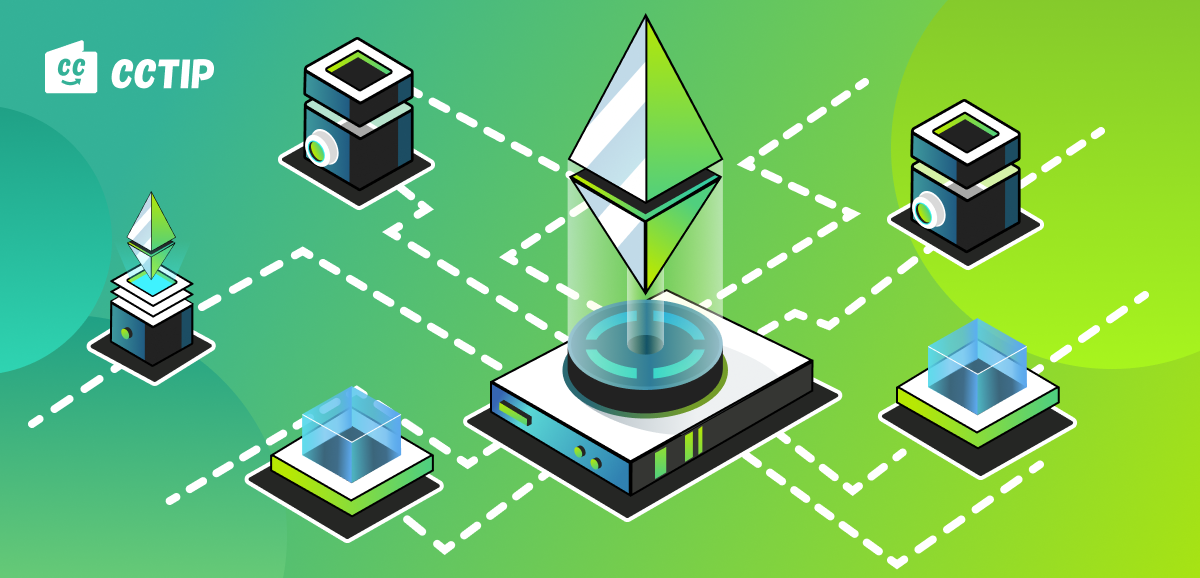State Channels Explained
A state channel is a smart contract that allows off-chain transactions by enforcing strict rules that either party must agree to by signing off on it; this signature can be cryptographically proven on the Blockchain.

State channels are important layer-2 solutions that help achieve scalability on the blockchain. Like other Layer-2 solutions, state channels help scale a blockchain by reducing the data and computation done on the mainnet blockchain, facilitating faster transaction times and instant finality.
Layer-2 solutions (including State channels) do not require any changes or forks to the blockchain’s protocol; they simply take excessive loads off the blockchain to achieve scalability.
What is a State Channel?
A state channel is a smart contract that allows off-chain transactions by enforcing strict rules that either party must agree to by signing off on it; this signature can be cryptographically proven on the blockchain.
State channels facilitate scalability by computing blockchain transactions without committing all data to the blockchain. In a state channel, only two transactions are added to the blockchain (the first and the last), and all other transactions in between can be made between both participants (based on the smart contract’s arrangement). As a result, heavy data load is moved away from the blockchain, making it faster.
How Do State Channels Work?
Let us paint a scenario to adequately describe the working principle of state channels.
Suppose two players want to wager on a chess game with 0.5 ETH each, and they both contribute into a multi-sig wallet to make 1 ETH. Then, they can create a state channel contract “chess” that understands the rule of chess and will pay the 1 ETH to the winner.
Although every move in the game is a transaction, only the starting move and the last are on the blockchain. All other moves (in between the first and last) create an off-chain transaction, called a “nonce,” which can be verified backward by the contract. At the end of the game, they submit the final list of off-chain transactions to the “chess contract,” which reviews it and then sends it to the blockchain for finality.
State channels are mainly used for payments, especially recurring payments, that may involve a barrage of small transactions. For example, an employer who needs to pay $100 in daily wages to his employees can open a state channel to pay for 30 days. At the end of the cycle, he may pay only $5 in transaction fees. Whereas, if he had made $100 payments daily at a $1 gas fee, he’d incur $30 in transaction fees.
How Secure Are State Channels?
One might be tempted to think that transactions in a state channel are less secure since data is moved off-chain. However, state channels do not compromise security because the finalization cannot happen outside the main chain; as a result, state channels utilize the security protocols of the main chain despite sending the majority of the data off-chain.
Advantages of State Channels:
1. Because state channels pay transaction fees only at the opening and closing of the channels, it reduces transaction fees to a minimum. Imagine how much fees you would save in a scenario where 100 transactions take place in a channel and 98 do not have associated fees.
2. State Channels also facilitate instant finality of all transactions in-between the first and last transaction. Typically, a Bitcoin transaction on the main Bitcoin blockchain would take 10 minutes to confirm; however, with the lightning network, transactions are completed instantly.
As you can imagine, a game would be boring if you had to wait for 10 minutes to confirm the validity of each move; every move should be validated and completed in split seconds, and state channels help achieve just that.
3. State channels are very scalable and optimal for real-world payment systems. In fact, Bitcoin’s lightning network is already being used to send BTC tips to creatives on Twitter, and the transactions are completed swiftly.
Drawbacks of State Channels:
1. The payment channel requires the users to lock down the deposit in the smart contract and release it after the payment channel has closed. However, not everybody can afford to lockdown their funds for a long time.
2. State channels are mainly applicable for micro-payments and may not be optimal for other blockchain transactions
Final Takeaway
State channels are an excellent scalability solution, offering extremely high throughputs; hence, despite their imitations, state channels are applicable in real-life scenarios.
Ensure to check the CCTIP Blog daily for articles that help you understand cryptocurrency and blockchain technology tenets.
For more information, please join our communities: